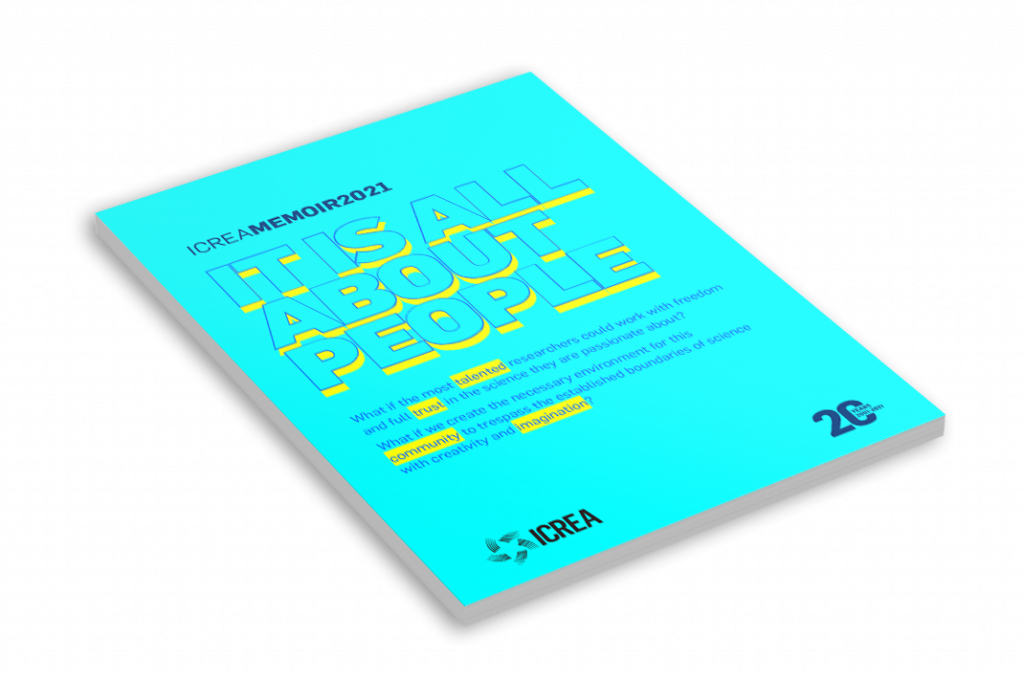The Vertebrate Genomes Project (VGP) Consortium published this year their flagship study focused on genome assembly quality and standardization for the field of genomics. This study includes 16 diploid high-quality, near error-free, and near complete vertebrate reference genome assemblies for species across all taxa with backbones (i.e., mammals, amphibians, birds, reptiles, and fishes) from five years of piloting the first phase of the VGP project.
Growing out of the decade-old mission of Genome 10K Community of Scientists (G10K) to sequence the genomes of 10,000 vertebrate species and other comparative genomics efforts, the VGP is taking advantage of dramatic improvements in sequencing technologies in the last few years to begin production of high-quality reference genome assemblies for all ~70,000 living vertebrates. Specific to conservation and in collaboration with the Māori in New Zealand and officials in Mexico, genomic analyses of the kākāpō, a flightless parrot, and the vaquita, a small porpoise and the most endangered marine mammal, respectively, suggest evolutionary and demographic histories of purging harmful mutations in the wild. The implication of these long-term small population sizes at genetic equilibrium gives hope for these species’ survival.
The VGP involves hundreds of international scientists working together from more than 50 institutions in 12 different countries since the VGP was initiated in 2016 and is exemplary in its scientific cooperation, extensive infrastructure, and collaborative leadership. Additionally, as the first largescale eukaryotic genomes project to produce reference genome assemblies meeting a specific minimum quality standard, the VGP has thus become a working model for other large consortia, including the Bat 1K, Pan Human Genome Project, Earth BioGenome Project, Darwin Tree of Life, and European Reference Genome Atlas, among others.

